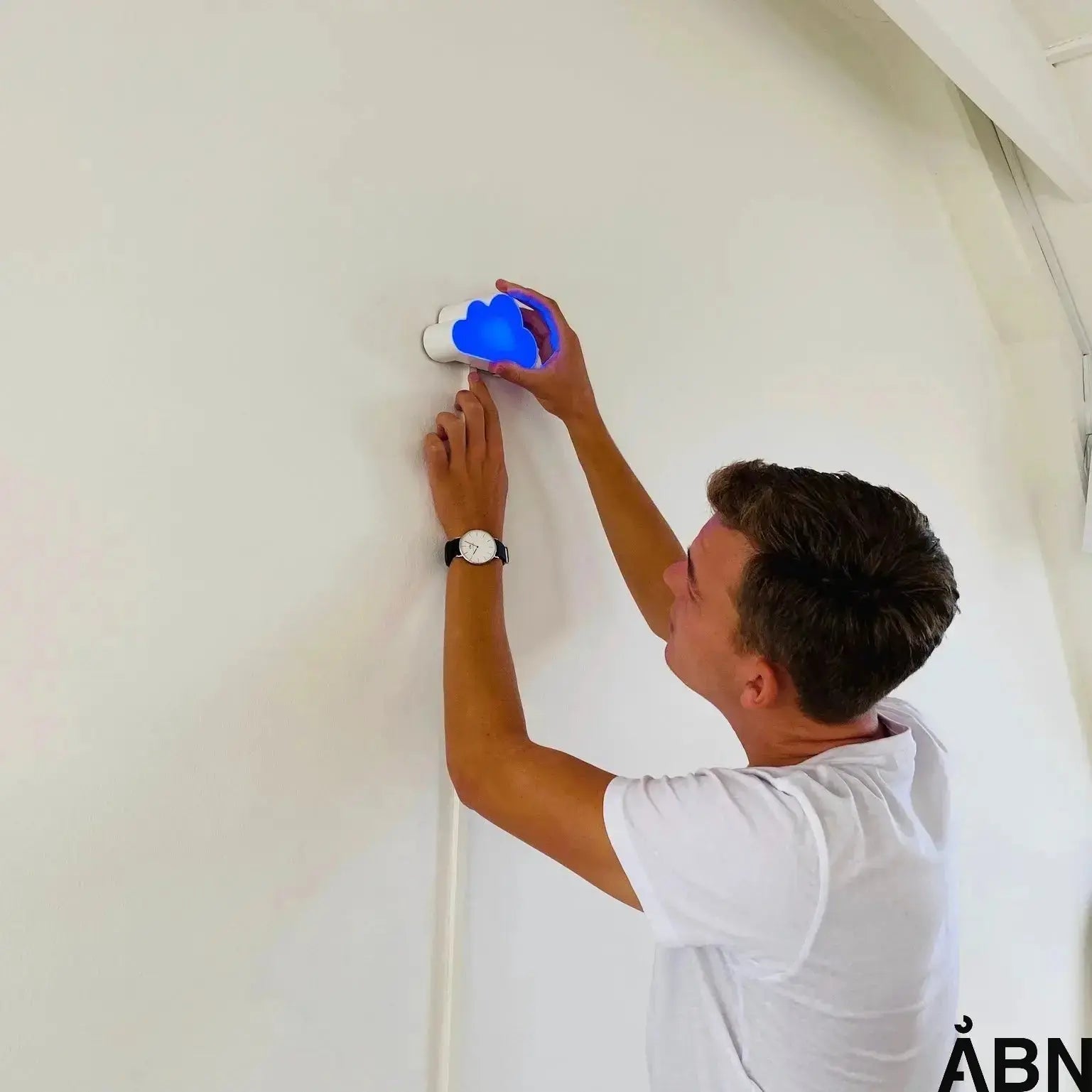Are you aware of the air on your path?
We rarely think about it. The air. It's just there – invisible, yet omnipresent. We breathe 20,000 times a day, and yet few people know what it is we're actually breathing in. But as we become more aware of health, climate and sustainability, one question is becoming increasingly important: What's the air like on your way?
For leaders in the public and private sectors, facility managers and parents of children in schools and daycares, it is a question that goes far beyond curiosity. It is about responsibility, well-being and health – and about being able to make informed decisions based on data.
What does “the air is on your way” mean?
“The air on your way” is not just a poetic phrase – it is also the name of a digital map of Denmark developed by DCE - National Center for Environment and Energy . The map allows you to see the air quality at your exact address. It is a valuable tool that makes it easier to understand how air pollution varies locally – from street to street, from city to country.
For example, as a school principal, you can investigate the air quality around your school, or as a parent, assess whether your child's institution is located in an area with elevated pollution. This provides new opportunities to take action – and to create security.
Why is air quality important?
Good air quality is not just about comfort – it's about health. According to the Ministry of the Environment, improved air quality leads to up to 380 fewer premature deaths in Denmark each year. That's no small thing – it's about life and health.
Children, the elderly and people with respiratory diseases are particularly vulnerable to pollution from, for example, NO 2 (nitrogen dioxide) and PM 2.5 (fine particles). These substances can penetrate deep into the lungs and lead to everything from asthma to cardiovascular disease. Therefore, it is crucial to know and understand air quality – both outdoors and indoors.
The good news: The air is getting better
Fortunately, there is also good news. According to the City of Copenhagen and DCE , air quality in Denmark has improved significantly over the past 20 years. Nitrogen dioxide levels have fallen by almost 60% since 2005, and particle pollution is also on the decline.
This is due, among other things, to:
- Increasing electrification of transport – more electric cars mean fewer exhaust emissions.
- Reduction of ammonia emissions from agriculture.
- Replacement of old wood-burning stoves through political initiatives such as the ownership change scheme.
So we are on the right track. But there are still challenges.
The challenges: When the air is still
Although air quality is generally better, we still experience short-term episodes of elevated pollution. This can be due to calm wind conditions that prevent particles from spreading effectively – or external factors such as dust from the Sahara drifting across the country. According to TV2 Vejret, these conditions can lead to poor air quality even in otherwise clean areas.
Furthermore, a large part of air pollution comes from abroad, which makes international cooperation necessary, especially at the EU level, to further improve air quality.
What can you do – as a leader, parent or decision-maker?
The first step is to become aware. Use Air on Your Path to gain insight into the air quality in your local area. Then it’s about creating healthy environments – especially where we spend most of our time: indoors.
At ÅBN, we work to make indoor climate as understandable as the weather forecast. With intuitive sensors and user-friendly dashboards, we visualize air quality in real time. Our solutions are already used in schools, institutions and offices across the country – helping to create healthy, safe and productive environments for children and adults.
Want to see how it works in practice? Read more about our solution The Cloud , which gives you a clear overview of temperature, CO 2 , humidity and noise levels – all in one unified view.
Indoor climate and behavioral change go hand in hand
It's not enough to measure – we also need to act. That's why at ÅBN we work to support behavioral changes through data. When air quality becomes visible, it also becomes easier to act: open a window, lower the temperature, or adjust the ventilation.
We've documented how data visualization leads to better habits. Read more about our approach to behavior change and documentation .
The air on your path – and inside your life
It’s tempting to think of air pollution as something that happens “out there” – in city traffic, in industry, in agriculture. But the truth is that air quality affects us all – everywhere. And that’s why it’s important to think holistically: from the air we breathe on our way to work to the air our children breathe when they sit in the classroom.
With the right technology and knowledge, we can take control of the air in our immediate environment. Not by solving everything at once – but by taking the first step: becoming aware.
Would you like to know more about how you can improve the indoor climate at your workplace, school or institution? Contact us – we are happy to advise and share data, experience and solutions.
FAQ: Frequently asked questions about the air on your way
How can I see the air quality at my address?
You can use the digital map “Air on your way”, developed by DCE – National Center for Environment and Energy. Here you can search for your address and get an overview of the air quality based on measurements and modeling.
What are the biggest sources of air pollution in Denmark?
The largest sources include road transport (especially diesel)









